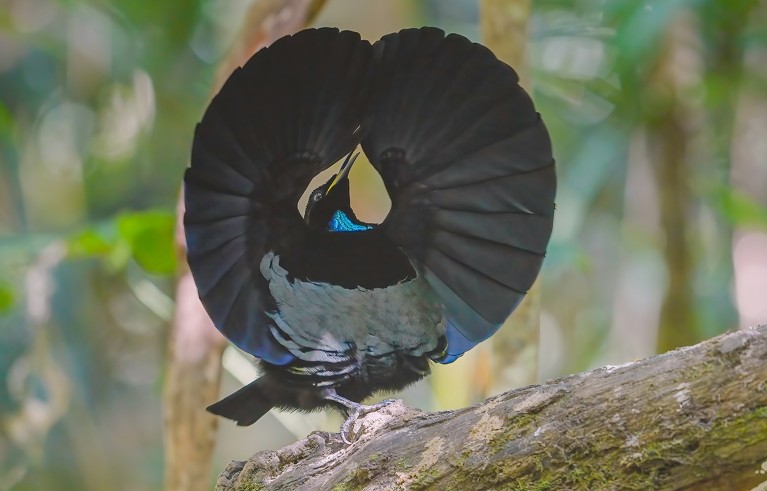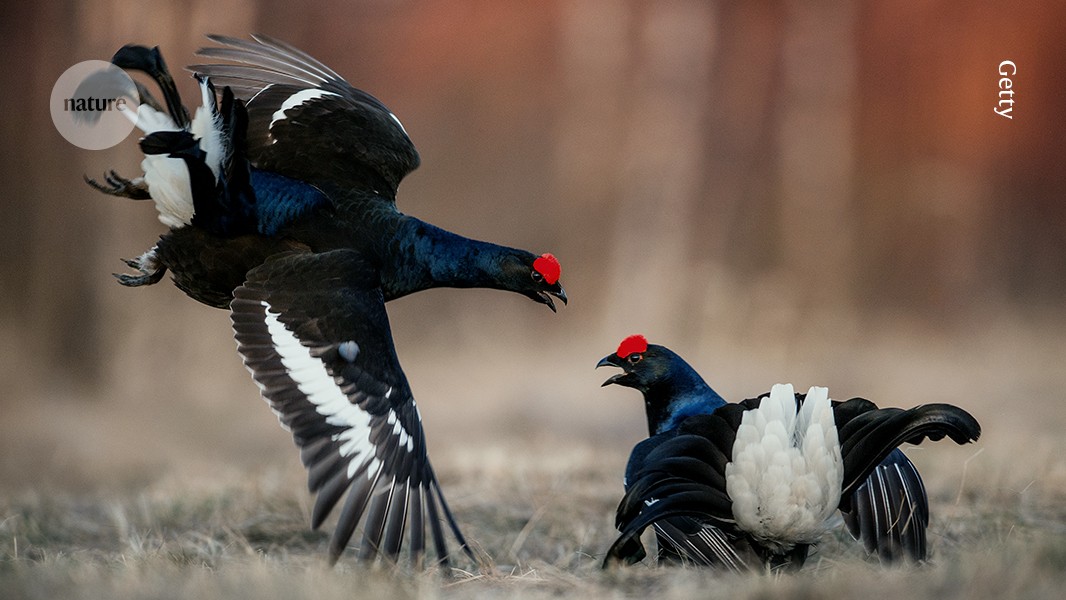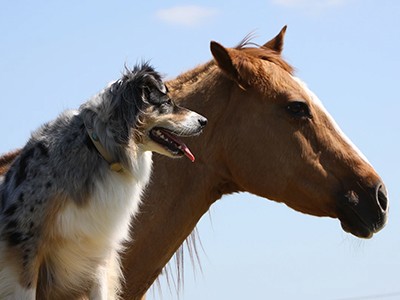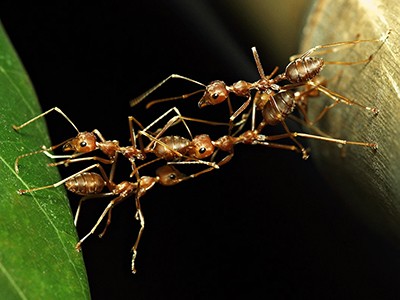Birds, Sex & Beauty: The Extraordinary Implications of Charles Darwin’s Strangest Idea Matt Ridley 4th Estate (2025)
At 4 a.m. one April morning, science writer Matt Ridley was hurrying up the frosty Pennine hills in England, keen to catch the peculiar pre-dawn mating rituals of the black grouse (Lyrurus tetrix). Males congregate for weeks on end on an unremarkable patch of ground where, in the small hours, they sort themselves into a hierarchy known as a lek. The birds that outcompete the others — through threats, fights or tail-feather displays accompanied by a ‘roo-kooing’ call — secure tiny territories at the centre of the lek. The losers settle for outlying real estate.
As Ridley explains in Birds, Sex & Beauty, he has been watching grouse on this same patch of ground for years. Through persistent study, he hopes to better understand their unusual behaviour. This desire to learn through observation runs throughout his book, as the author interweaves his love of natural history with a mash-up of popular science and travel writing to explore sexual selection in birds.
A new vision for how evolution works is long overdue
For the black grouse, weeks of infighting build up to a crucial few days, when females patrol the lek and choose a mate — usually one near the centre. But the male’s success comes at a cost: maintaining their tenure is a challenge for even the fittest. Few last longer than a year or two before succumbing to exhaustion.
Evolutionary biologists have long understood that some traits are associated with reproduction, and others with survival — and that the two are often at odds. For example, the tail of the peacock (Pavo cristatus) attracts peahens, but this flashy ornament makes him vulnerable to predation. The lekking behaviour of the black grouse secures reproduction but is energetically costly.
Ridley is interested in how such characteristics evolve. What exactly, he asks, are these male traits signalling, and what are the females choosing?
Charles Darwin was the first to articulate these questions. He argued that both the exaggerated characteristics of males and the tendency of females to choose the most impressive males are inherited characteristics. His critics disputed the idea that females were choosing mates, arguing instead that the males sorted out mating among themselves, on the basis of who had the best dance or the brightest tail.
Good genes or sexy sons?
In 1930, Ronald Fisher (the father of mathematical evolutionary biology) showed through mathematical models how inherited female choice and inherited sexually selected characters in males could together generate ‘runaway selection’. When only a handful of ‘attractive’ males secure all the matings — as is the case for black grouse — the females’ preference for exaggerated traits leads to those traits becoming evermore exaggerated, regardless of the survival costs for males. Over time, these preferences and traits co-evolve, becoming genetically correlated.
This phenomenon can lead to striking features. The tail of the male ribbon-tailed astrapia (Astrapia mayeri), for instance, can be longer than a metre — more than three times the length of its body. It is not easy to fly with such a long streamer creating drag.

Many male birds, such as the Victoria’s riflebird (Ptiloris victoriae), ‘dance’ to woo females.Credit: Getty
Fisher argued that females choose ‘showy males’ to increase the chance that they have ‘sexy sons’ who will be sought-after mates, and so pass on their genes. But what makes a showy male a good mate? In 1975, evolutionary biologist Amotz Zahavi proposed the handicap principle: by sporting traits that come with a fitness cost, males are signalling to females that they can squander resources on growing something showy, akin to a rich person signalling their wealth by buying many fast cars, despite being able to drive only one at a time.
The comings and goings of ants: how are social skills shaped in an ever-changing world?
The handicap principle has remained contentious. In 1982, evolutionary biologists Bill Hamilton and Marlene Zuk proposed an alternative hypothesis — the male traits that females choose reflect the males’ ability to pass on his genes. His ornaments are signalling the ability to fight off infection or to escape predators. There is growing evidence supporting this ‘good genes’ hypothesis, which, as Ridley points out, does not contradict Fisher’s arguments.
Numerous scientists have made their careers attempting to prove these hypotheses. But the problem with the debate is that there might not be a single driver of sexual selection. In some cases, the handicap principle could drive runaway selection; in others, it might be good genes. The search for a single cause flies in the face of the diversity of nature that Ridley celebrates.




